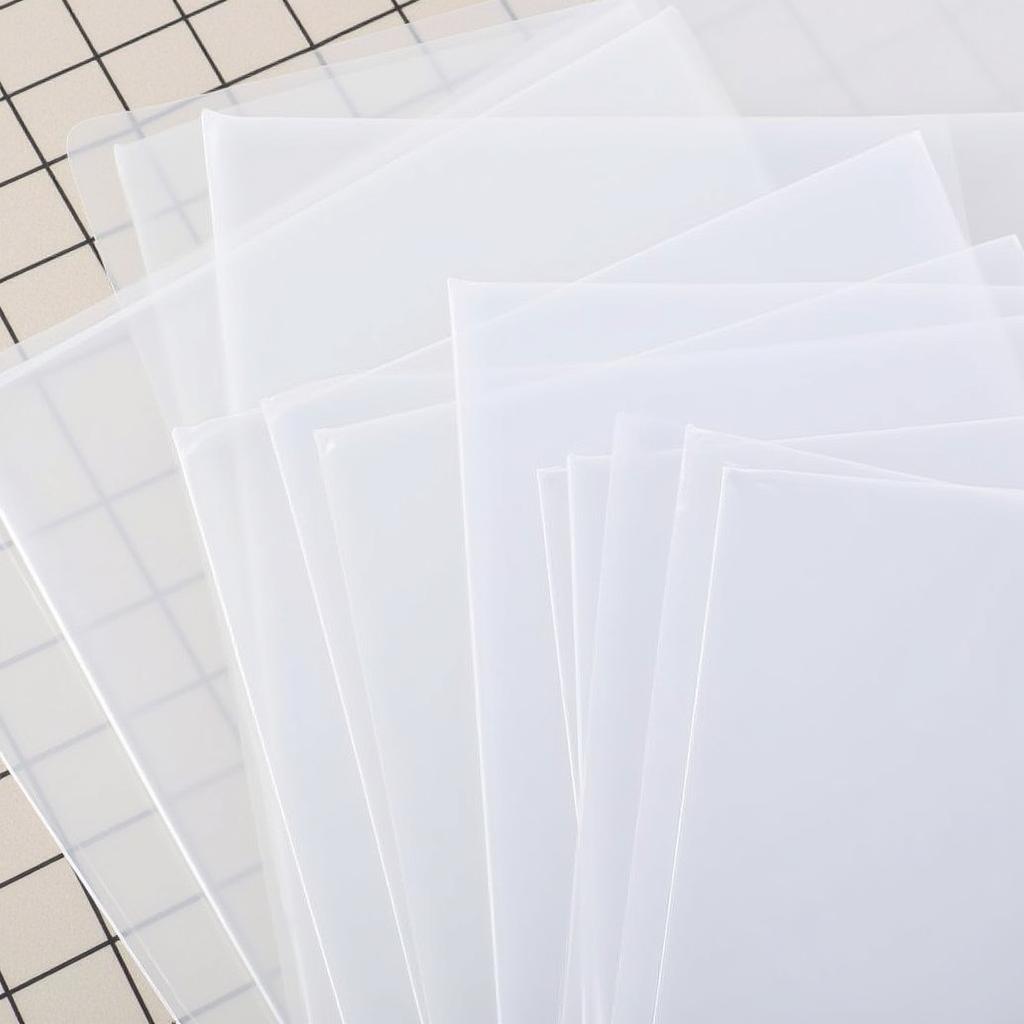Mastering Elements and Principles of Art Worksheets
Elements And Principles Of Art Worksheets are indispensable tools for aspiring artists and seasoned professionals alike. They provide a structured approach to understanding the fundamental building blocks of art and how they interact to create visually compelling compositions. Whether you’re exploring line, shape, form, or delving into the principles of balance, contrast, and unity, these worksheets unlock a deeper appreciation for the creative process. After working through a few elements and principles of art worksheets, you’ll find your creative thinking and artistic skill blossoming.
Decoding the Essentials: Elements of Art
At the heart of every artwork lie the elements of art. These are the basic visual components that artists manipulate to express their ideas and evoke emotions. Understanding these elements is like learning the alphabet of visual language.
- Line: Lines define shapes, create movement, and convey emotions. A gentle, curving line might suggest tranquility, while a jagged, bold line could express energy or chaos.
- Shape: Shapes are two-dimensional areas enclosed by lines. They can be geometric, like squares and circles, or organic, like the shape of a leaf or a cloud.
- Form: Form refers to three-dimensional shapes, implying volume and mass. Think of sculptures, or the way a painter creates the illusion of depth on a flat canvas.
- Value: Value describes the lightness or darkness of a color. It’s crucial for creating contrast, depth, and form.
- Color: Color is a powerful element that evokes emotions and creates atmosphere. Understanding color theory is essential for effective color usage in your artwork.
- Space: Space refers to the areas within, around, and between objects in a composition. It can be positive (the object itself) or negative (the area around the object).
- Texture: Texture refers to the surface quality of an artwork, whether it’s smooth, rough, bumpy, or silky. It can be actual or implied.
elements of art worksheet pdf provide valuable practice in identifying and applying these fundamental elements.
 Elements of Art Examples
Elements of Art Examples
Unveiling the Principles: Principles of Art
The principles of art are the guidelines that govern how artists arrange the elements of art within a composition. They dictate how these elements interact to create visual harmony, balance, and impact.
- Balance: Balance refers to the visual weight distribution in an artwork. It can be symmetrical, asymmetrical, or radial.
- Contrast: Contrast creates visual interest by juxtaposing different elements, such as light and dark values, or complementary colors.
- Emphasis: Emphasis draws the viewer’s attention to a particular area or element in the artwork.
- Movement: Movement guides the viewer’s eye through the composition, creating a sense of flow and rhythm. lines in art worksheet can help you understand how lines contribute to movement in art.
- Pattern: Pattern involves the repetition of elements to create visual rhythm and interest.
- Proportion: Proportion refers to the size relationships between different elements in an artwork.
- Rhythm: Rhythm is created through the repetition of visual elements, creating a sense of movement and flow.
- Unity: Unity is the sense of harmony and wholeness in a composition, where all the elements work together effectively. Using art elements and principles of design worksheet can help you understand how to create unity in your own artwork.
 Principles of Art in Photography
Principles of Art in Photography
“A deep understanding of the principles of art is like having a secret weapon in your creative arsenal,” says renowned artist and educator, Amelia Dubois. “It allows you to consciously craft compelling compositions that resonate with viewers.”
Putting it All Together: Using Art Worksheets
Elements and principles of art worksheets provide a practical way to explore these concepts. They often include exercises that challenge you to identify and analyze these elements and principles in various artworks, as well as apply them in your own creations.
“Don’t be afraid to experiment and push boundaries with your art,” encourages Dubois. “Art worksheets are not just about following rules, but about discovering your own unique artistic voice.”
Conclusion: Unleash Your Inner Artist with Elements and Principles of Art Worksheets
Elements and principles of art worksheets are invaluable tools for anyone seeking to deepen their understanding and appreciation of art. By mastering these fundamental concepts, you’ll unlock new levels of creativity and develop a more discerning eye. So, grab your pencils, paints, or digital tools, and embark on this exciting journey of artistic discovery with elements and principles of art worksheets.
Are you ready to unlock your full artistic potential? art critique worksheet can help you deepen your analytical skills further.
FAQ
- What are the basic elements of art?
- How do the principles of art differ from the elements?
- Where can I find free art worksheets online?
- How can I use art worksheets to improve my drawing skills?
- Are there art worksheets specifically for digital art?
- Can I create my own art worksheets?
- How can understanding art principles benefit me even if I’m not a professional artist?
Interested in exploring more contemporary art forms? Check out our article on abstract horizontal art.
For support, contact us 24/7:
Phone: 02462573573
Email: [email protected]
Address: Savico Megamall, 7-9 Đ. Nguyễn Văn Linh, Gia Thụy, Long Biên, Hà Nội 10000, Việt Nam.


